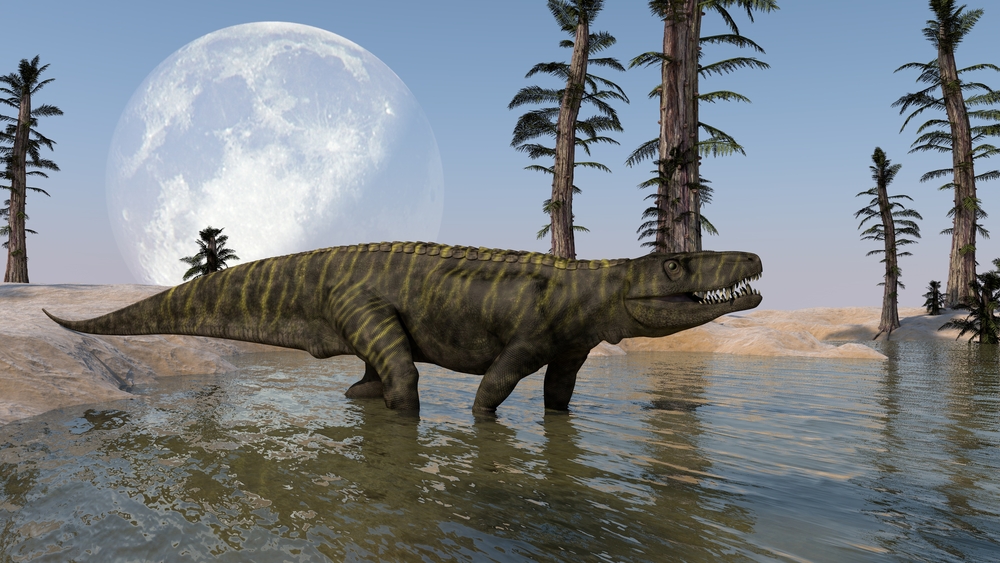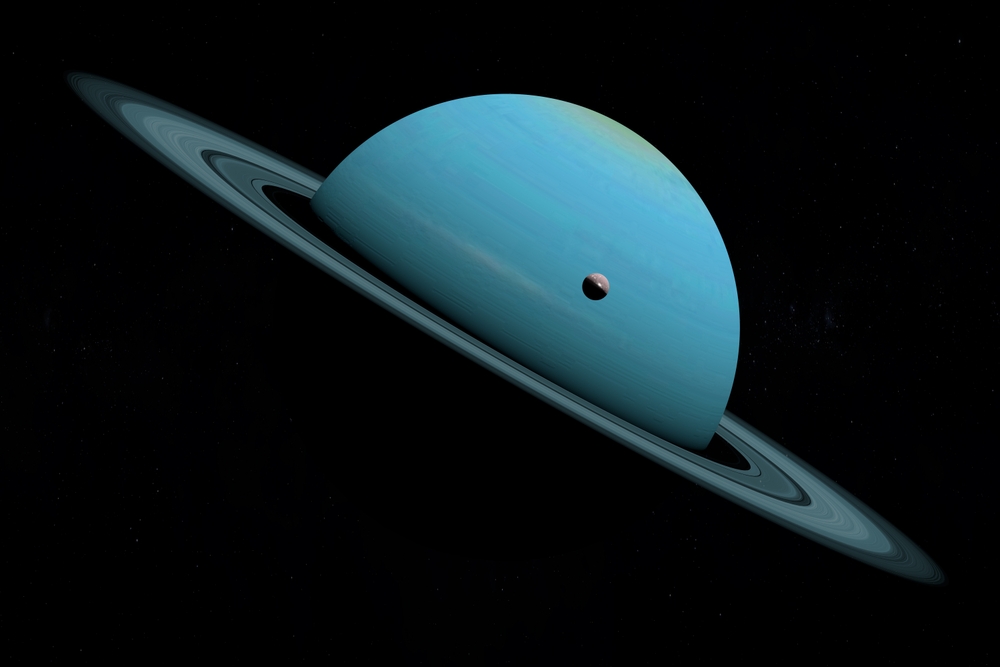Now Reading: Triassic Reptiles’ 10,000-Mile Journey Paved Way for Dinosaurs
-
01
Triassic Reptiles’ 10,000-Mile Journey Paved Way for Dinosaurs
Triassic Reptiles’ 10,000-Mile Journey Paved Way for Dinosaurs

Quick Summary:
- Archosauromorphs, early reptilian ancestors of dinosaurs and crocodiles, migrated across a 10,000-mile inhospitable terrain after the end-Permian mass extinction event.
- A study in Nature Ecology and Evolution utilized a computer model to analyze the dispersal routes of these reptiles and their ecological survival against extreme climatic conditions.
- The TARDIS model (Terrains and Routes Directed in Space-Time) was applied to compensate for gaps in fossil records by integrating evolutionary trees with reconstructed ancient landscapes.
- Findings reveal that archosauromorphs survived “dead zones” during the early Triassic period,demonstrating resilience to extreme climates that later enabled them to thrive globally.
- This research underscores how environmental factors shaped reptilian evolution leading up to the dominance of dinosaurs during the Triassic era.
Indian Opinion Analysis:
The implications of this study reach beyond understanding prehistoric events; thay highlight how life adapts under enormous environmental stressors-an observation relevant today as ecosystems face climate change. Resilience displayed by archosauromorphs suggests survival strategies under harsh conditions shaped future biodiversity. For India, which boasts unique fossils from key periods like the Triassic found in regions such as Gujarat’s Kutch basin or Madhya Pradesh’s Satpura range, these findings open new pathways for paleontological explorations investigating ecosystem shifts post-mass extinctions. Moreover,using computational models like TARDIS can augment India’s own scientific capabilities in reconstructing vast evolutionary histories using limited fossil data.























